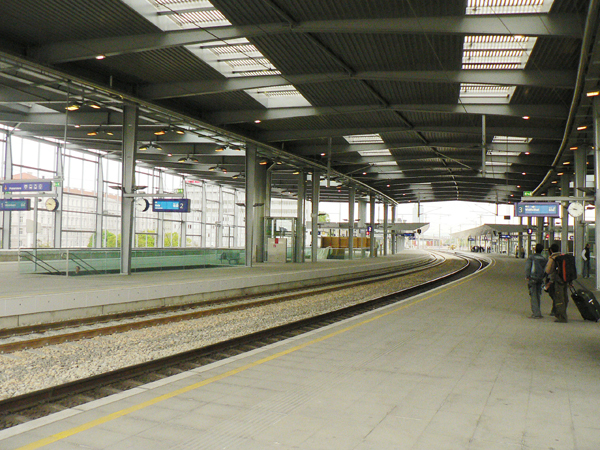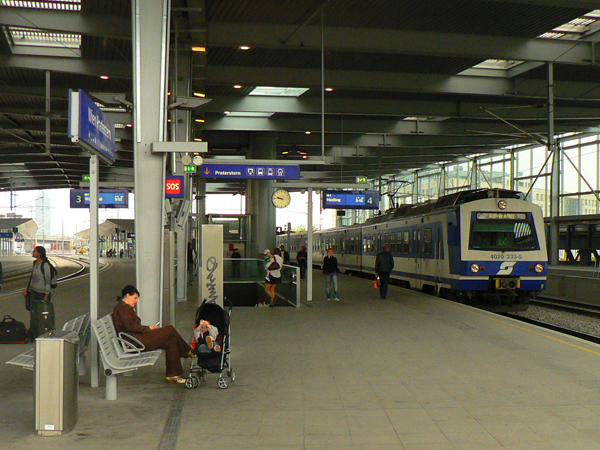Interoperability

Why do we need interoperability?
Europe has many national railway systems that have evolved each in their own way over the years. Their technical standards are different, and this is an obstacle to cross-border rail traffic. With international trains it is thus usually the case that the engine has to be changed at the frontier station. In especially difficult cases passengers must change trains or goods must be reloaded. Expensive national licensing systems make it hard to use multi-vehicle systems which can run on more than one railway network. There is also a need to harmonise infrastructure because, for example, of differences in platform heights or command and signalling systems.
What does interoperability mean?
Interoperability means making the trans-European rail network able to handle traffic safely and uninterruptedly. This ability derives from the whole body of technical and operational rules and regulations which have to be in place in order for the basic requirements of the interoperability directives to be met.
Aim of interoperability
- to establish a minimum level of technical harmonisation of the various national railway systems, ensuring seamless movement of rail traffic throughout the Community;
- to facilitate, improve and develop cross-border rail transport services within the European Union (EU) and with non-EU countries;
- gradually to complete the single market for the construction and efficient functioning of the trans-European rail system.

Rules and committee work
Information about European Union rules on interoperability; additionally the European Commission is assisted by a committee in its work on the subject of interoperability of the trans-European rail system.
National Implementation Plan for ERTMS in Austria
This document presents the National Implementation Plan (NIP) to be notified by Member States to the European Commission pursuant to Article 6(4) and section 7.4.4 of the technical specification for interoperability relating to the ‘control-command and signalling’ subsystems. The NIP complements and further details the ERTMS European Deployment Plan (EDP) adopted by the European Commission in January 2017 in an implementing act on the legal basis of the TEN-T guidelines.
National Implementation Plan for ERTMS in Austria (PDF, 659 KB)